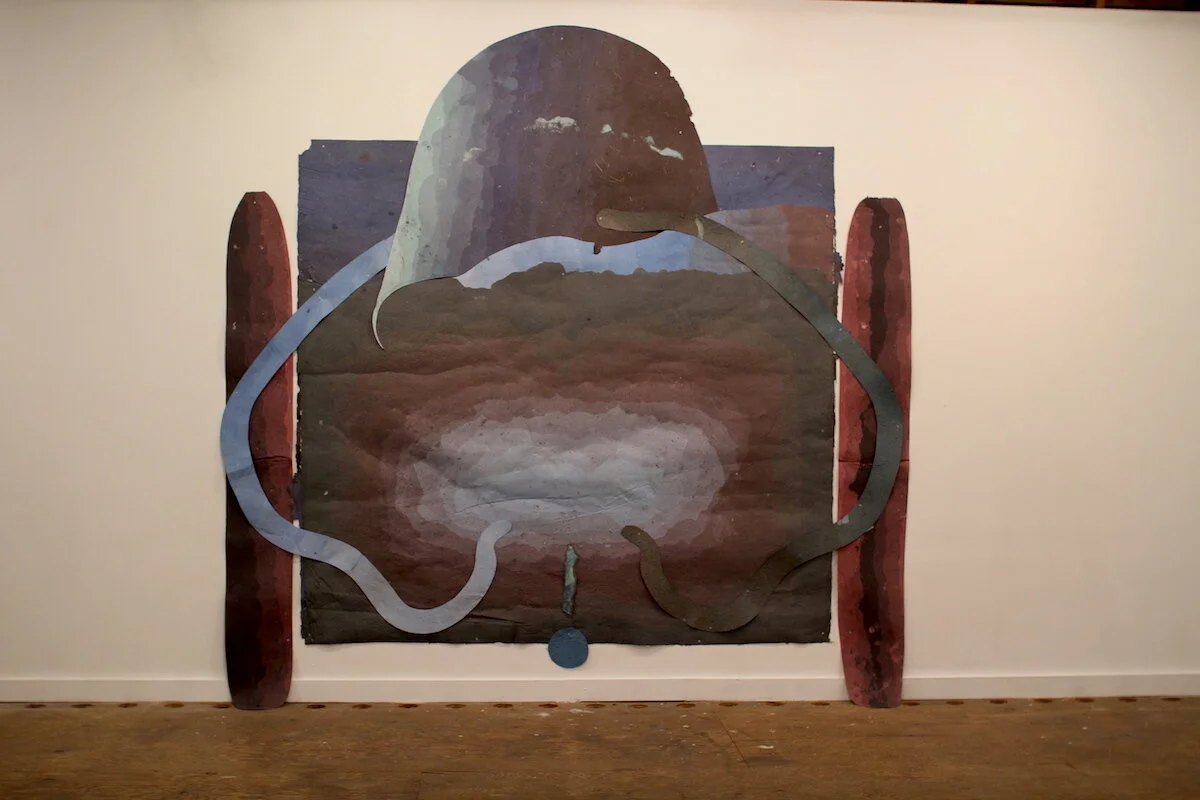Richard Baim's Turn of the Century is a projected art work.. The technologies behind this piece have galloped since its inception, and Baim hangs on to that bronco for the full fifteen and a half minutes.
There are 456 images--layered, multilayered, exponentially layered--a pressure wash for the eyes, for the optic nerve, and for the optical cortex. It requires a lot more than passive observation from the viewer, and if you blink you'll miss cascades of leapfrogging synapses.
The complexity required by this project is enabled by newer computers standing on the shoulders of earlier computers. At the inception of the piece, high resolution digital conversions of grainy black-and-white images recall the gorgeous debris of the industrial revolution. It's as lush as metal objects can be. Eventually this blends with electronic images, in color, from this turn of the century--expelled faster and yet faster. How does this affect the retina (i.e. persistence of vision, after-images)? What does this do to how we form thoughts? Does our mind recognize an image we saw which seems a few thousand images before? Is this work meant to make sense, and is that even possible here? The work never pauses for us to collect our thoughts. It's not chaos, but it never relents.
The sounds accompanying the images--staccato twangs, thwacks, pops and other metallic noises were composed using Midi in multiple layers. In Turn of the Century, images and sounds seem to touch down on different runways in the brain. The sound does not relate to the images in a synesthetic or illustrative way. But then again, the auditory canal and the optic nerve are anatomically situated at right angles.
Of course, we are experienced with rapid-fire imaging because Madison Avenue is cognizant of visual and auditory pressure washing. However, it is relief to see a work that answers back with philosophical depth and that keeps pace with the bucking, battering nature of the electronic leviathan.
by Sandra Moore
TURN OF THE CENTURY
TURN OF THE CENTURY




